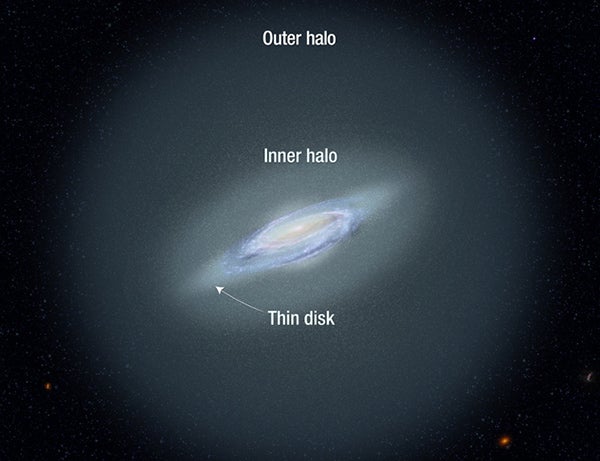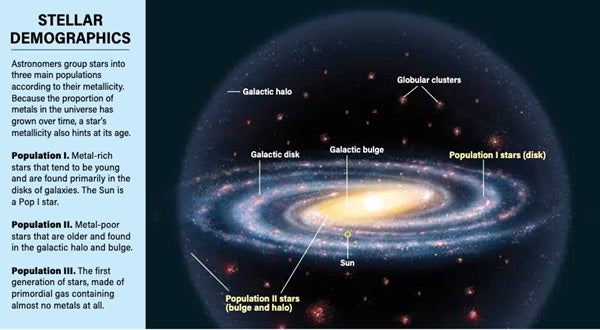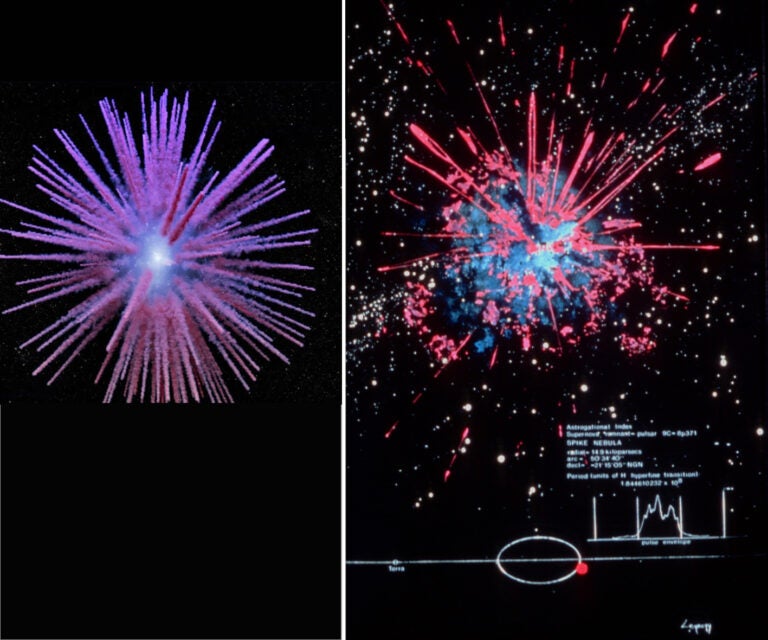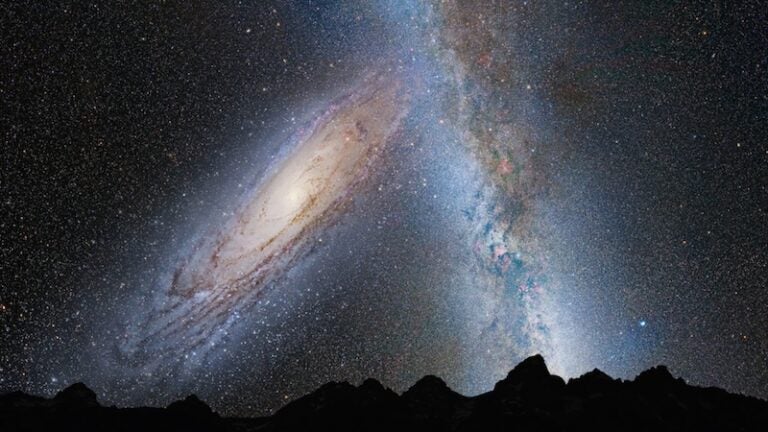Astronomers have discovered a slew of stars lingering in the far fringes of our galaxy. And when we say far, we mean far.
The most distant of these stars is located more than 1 million light-years away. That’s almost halfway to our largest galactic neighbor, the Andromeda Galaxy, which is located some 2.5 million light-years away.
“This study is redefining what constitutes the outer limits of our galaxy,” said Raja GuhaThakurta, professor and chair of astronomy and astrophysics at UC Santa Cruz, in a news release. “Our galaxy and Andromeda are both so big, there’s hardly any space between the two galaxies.”
The results were presented on January 9 and 11 at the 241st meeting of the American Astronomical Society (AAS) in Seattle, Washington.
Living on the edge
The stars identified in this study — a special class of star known as RR Lyrae stars — were plucked from a dataset from the Next Generation Virgo Cluster Survey (NGVS), a project meant to study a group of galaxies far beyond the Milky Way. Even though NGVS was not intended to observe Milky Way stars such as these, the researchers say they were just waiting in the data.
RR Lyrae stars are valuable to astronomers because they exhibit characteristic pulsations and variations in brightness.
“The way their brightness varies looks like an EKG — they’re like the heartbeats of the galaxy — so the brightness goes up quickly and comes down slowly, and the cycle repeats perfectly with this very characteristic shape,” GuhaThakurta said in the release. “In addition, if you measure their average brightness, it is the same from star to star.”
This predictable behavior makes RR Lyrae stars an excellent type of distance indicator that astronomers call a “standard candle.” Because their intrinsic brightness is known, it is relatively easy to determine their distance, with errors ranging from just 3 to 5 percent, GuhaThakurta told Astronomy at the meeting.
Unlike the Sun, these newfound stars do not reside in the Milky Way’s familiar thin disk, which is about 100,000 light-years across and home to most of our galaxy’s young stars. Instead, these RR Lyrae stars live in the Milky Way’s expansive halo, a spherical shell of mostly ancient stars that encapsulates our galaxy’s spiral arms and central bulge.
“The halo is the hardest part to study because the outer limits are so far away,” GuhaThakurta said in the release. “The stars are very sparse compared to the high stellar densities of the disk and the bulge, but the halo is dominated by dark matter and actually contains most of the mass of the galaxy.”
Previous computer simulations based on cosmological and stellar evolution models have predicted that stars should exist up to about a million light-years from the Milky Way’s core. But “the density of the Milky Way stars — they should have a dip around 300 kiloparsecs [1 million light-years],” Yuting Feng, a doctoral student working with GuhaThakurta, told Astronomy. “You can understand it as the boundary of the Milky Way.”
The 208 RR Lyrae stars detected by the team range in distance from 20 to 320 kiloparsecs, or about 65,000 to 1.05 million light-years from the galactic core. “Our observations confirm the theoretical estimates of the size of the halo,” Feng said, “so that’s an important result.”
But the fact that some of these RR Lyrae stars actually have been seen near the theoretical property line of the Milky Way suggests the expected dip in stellar density might occur even farther away than previously thought. And if that’s the case, then there’s a chance that the halos of the Milky Way and Andromeda already overlap.
“It challenges the notion that galaxies are islands with big, empty space between them,” GuhaThakurta told Astronomy. “There’s this whole idea of Immanuel Kant — island universes was what he called galaxies. It’s challenging that idea.”
“I won’t be surprised if there are a few dozens of stars which are being contested by the two galaxies,” Feng added.
[Editor’s note: This article was updated to specify that the data for this research came from the Next Generation Virgo Cluster Survey.]











